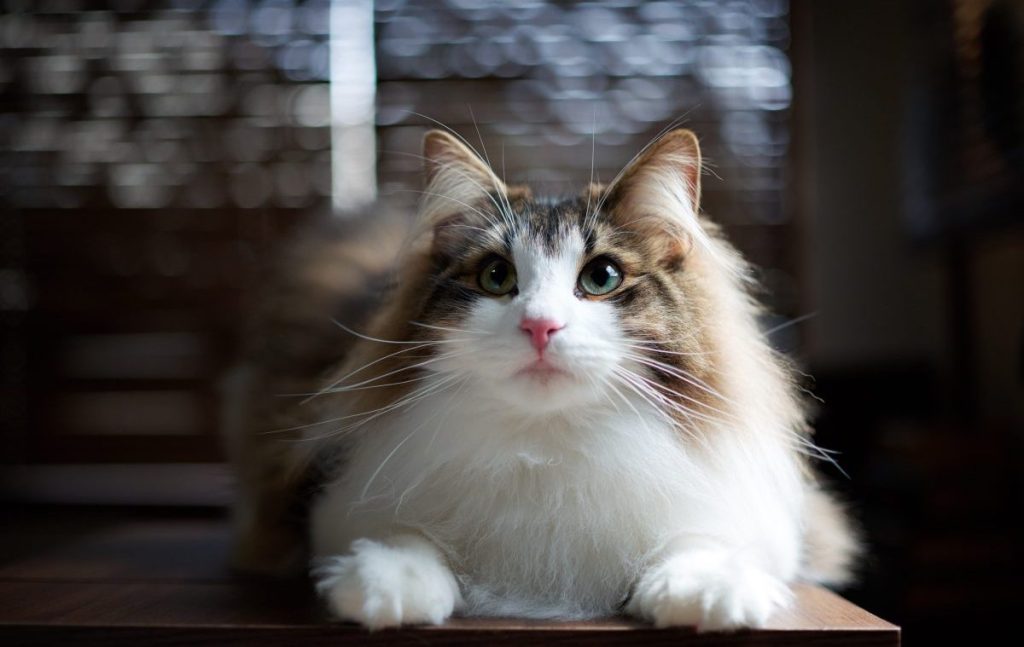The Norwegian Forest cat (also known as the Skogkatt or Wegie) is a large, long-haired cat breed that is native to Norway. They are known for their thick, double coat that helps them to withstand the cold winters in Norway. Norwegian Forest cats are also known for their gentle and affectionate nature, and they make great family pets.

A cat sweater can be a stylish and practical way to keep your furry friend warm during the colder months.…
